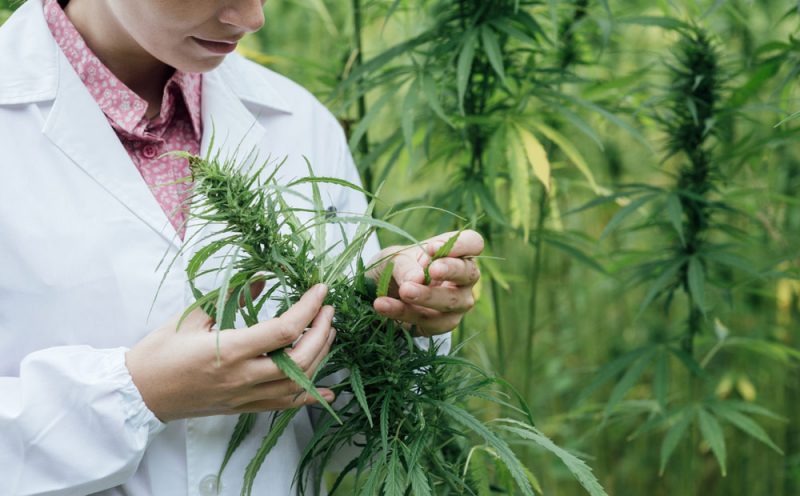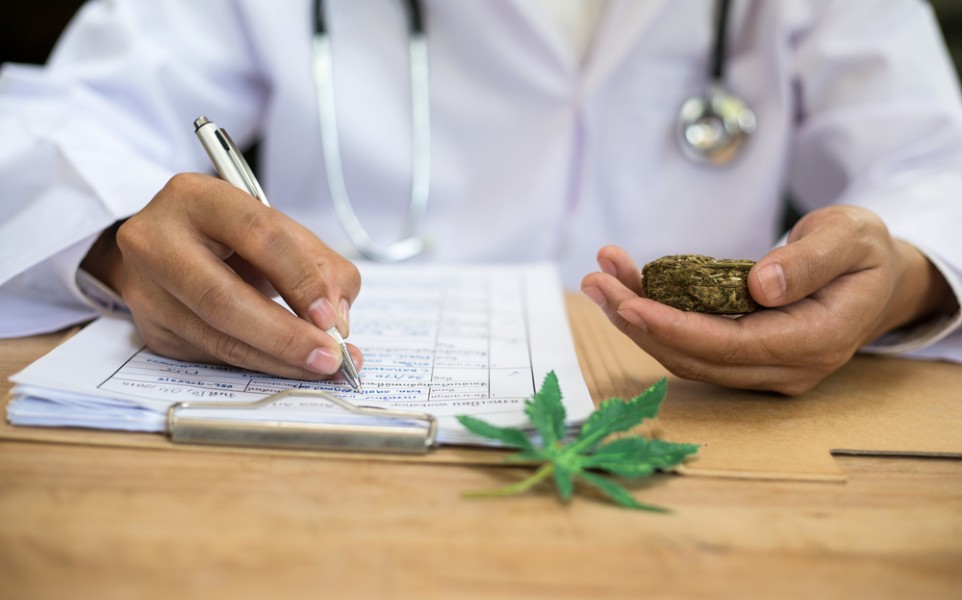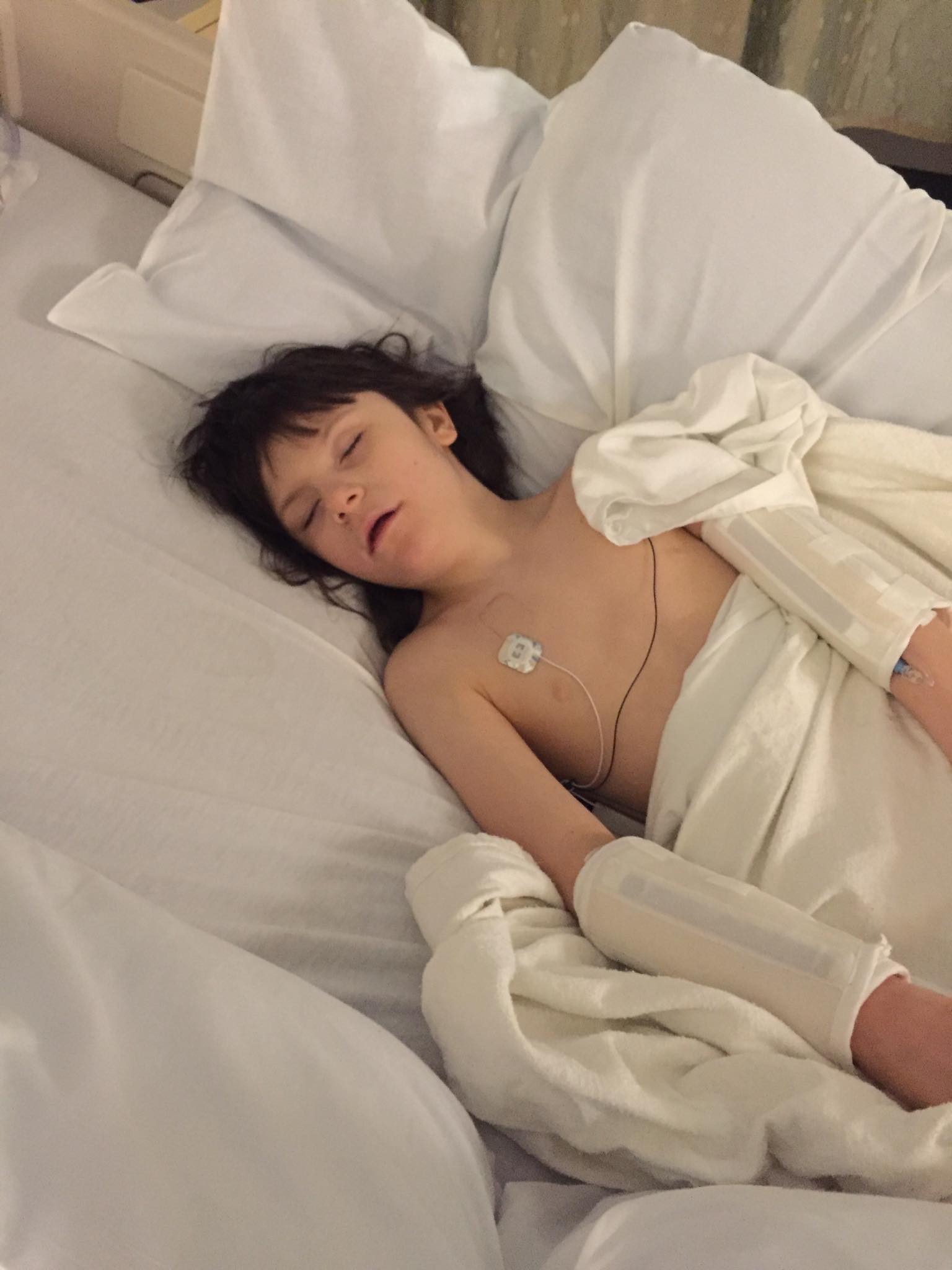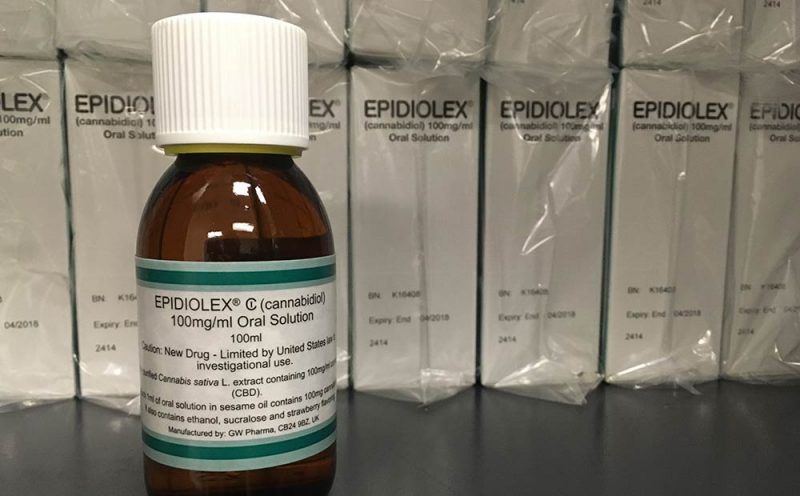Three game changing studies on medical cannabis
Words by Fergus Simpson
With Cannabis now being legalised recreationally and/or medicinally in 29 states of America, and the district of Columbia, it is no surprise that there has been a whole lot more reputable research coming out onto the whiteboard.
In Australia, Puerto Rico, Poland, Czech Republic, Canada, Croatia and Macedonia it is legal for medicinal purposes in some form, and in Turkey for the cultivation for the same purpose.
Amazing facts and figures are emerging, shining light onto the miracle plant’s vast plethora of uses. There far are too many to squeeze onto one page, so here’s our pick of the top 3 cannabis studies of all time.
- Marijuana helps to repair broken bones.
A study conducted in 2015 by researchers at Tel Aviv University, found that cannabidiol (CBD), a major non-psychotropic chemical found in cannabis, significantly sped up the healing process of mid-femoral (leg bone) fractures in rats.
The study was published in the Journal of Bone and Mineral Research, by Dr. Yankel Gabet of Tel Aviv’s Bone Research Laboratory and another by the late Prof. Itai Bab of Hebrew University’s Bone Laboratory.

Marijuana owes its anti-cancer properties to its ability to speed up apoptosis (cell death/suicide) in cancer cells. The effect it has on healing bones, at first seems to be contradictory, but shows the incredible ability of the plant to work with our bodies.
This is thanks to cannabis’ interaction with the body’s endocannabinoid system.
By providing CBD to the cannabinoid receptors, the study claims that not only does the healing process speed up, but bones repaired will actually grow back stronger than they would have done without. CBD increases the expression of a gene that codes for a series of reactions that results in the production of collagen, which is then transformed into harder bone material, a process termed collagen cross-linking.

By testing with two groups, one being given CBD alongside cannabis’ psychotropic cannabinoid THC (tetrahydrocannabinol), and the other with CBD alone, the study found that it is even more effective with just CBD.
This means that cannabis shows strong promise and potential to be used by a wide variety of patients with disorders such as osteoporosis and other skeletal conditions, even without any unwanted psychoactive effects.
“We have shown for the first time that the order in which cannabinoids and chemotherapy are used is crucial in determining the overall effectiveness of this treatment.”
– Dr. Wai Liu
- Cannabis improves efficacy of Leukaemia Chemotherapy
Researchers at St. Georges University of London, led by Dr Wai Liu, published an article in the International Journal of Oncology.
They found that combining existing chemotherapy drugs with cannabinoids significantly improved overall results against the cancer cells.
They also found that an initial dose of chemotherapy followed by cannabinoids was the most effective method.

Dr Wai Liu said: “We have shown for the first time that the order in which cannabinoids and chemotherapy are used is crucial in determining the overall effectiveness of this treatment.”
They also tested the efficacy of different combinations of cannabinoids. They found that THC and CBD work synergistically to increase apoptosis (cell death/suicide) in the cancer cells.
For example, in HL60 (leukemia) cells, the IC50 (concentration) values at 48 h for CBD and THC, when used alone, were 8 and 13 µM, respectively; however, if used together, it was 4 µM.
Chemotherapy drugs are toxic chemicals, some derived from Chlorine (mustard gas), which kill all body cells without targeting cancer cells.

This brings no surprise that people want to find a new treatment, and this research showed that by using a significantly lower dose of the chemotherapy alongside cannabinoid therapy, would be just as efficacious. With the number of deaths occurring from chemotherapy itself, this is a big step forwards.
These findings are crucial in building the backbone of proving marijuana’s anti-cancer effects.
As far as official records are concerned, marijuana still has little or no evidence of possessing anti-cancer properties. These findings have conveyed powerful evidence, especially coming from UK based research, that the laws should be changed to allow a more widespread medicinal use of the plant.
Cannabinoids in Treatment Resistant Epilepsy
You may have seen online videos of sufferers of Parkinson’s Disease, Tourette syndrome, and other conditions causing involuntary convulsions and muscle contractions using cannabis-based therapy. The results can be astounding.
Where a child is having practically continuous convulsions and/or seizures all day, and when given a couple drops of cannabis extract, within minutes can completely relax and can lie still or get on with activities like normal.

It is easy to imagine how debilitating it is for the patients and their families to be denied such an effective treatment due to lack of research and laws being in place.
Finally, things are changing, and new research is surfacing proving the efficacy of the plant’s constituents diseases alike, allowing approved medical treatments to be sold to children and adults.
Cannabis-based therapies have been used to treat epilepsy for millennia, but only until recently has valid data been collected using placebo-controlled randomised trials. A study was conducted to test the efficacy of Cannabidiol (CBD) on Dravet syndrome, a rare form of epilepsy associated with a high mortality rate and significant developmental delays.
Due to the range of cannabinoid products available online and from other sources being so large, it is hard to provide evidence that they all work, considering their differences in source, extraction techniques etc.
The product being tested in this study was GW pharmaceutical’s’ Epidiolex (100mg/ml CBD) and was published in the New England Journal of Medicine.

The study randomized 120 children aged two to 18 years with Dravet’s syndrome, whose seizures were not controlled by their current anti-epileptic regimen, to receive either Epidiolex (20mg/kg/day) or placebo in addition to standard treatment.
Epidiolex significantly reduced monthly convulsive seizure frequency compared to placebo in the highly treatment-resistant children.
The trial has provided further evidence of the efficacy of CBD treatment (Epidiolex), and produced a safety profile including any drug interactions and dosing for children and young adults.
There are currently no Food and Drug Administration (FDA) approved treatments for the devastating drug-resistant condition, nor any well-controlled clinical evaluations using cannabinoid therapy, so this study may provide solace for the sufferers of Dravet and their families.
References and further Reading
https://www.ncbi.nlm.nih.gov/pubmed/25801536
http://www.ingentaconnect.com/content/sp/ijo/2017/00000051/00000001/art00033
